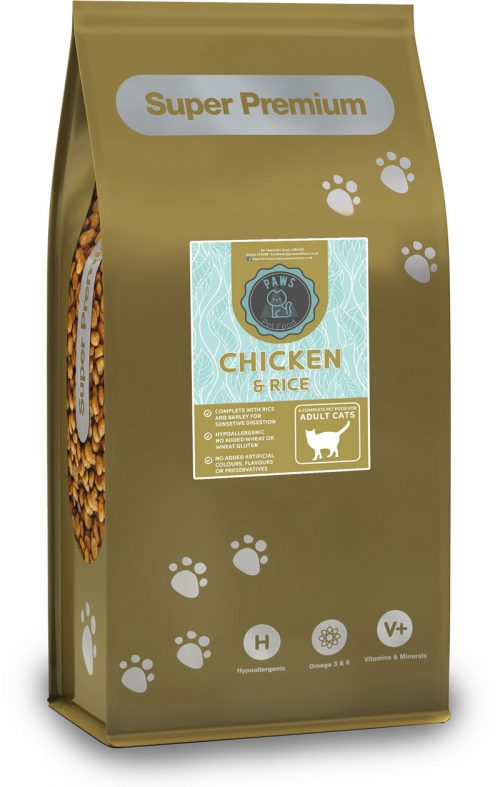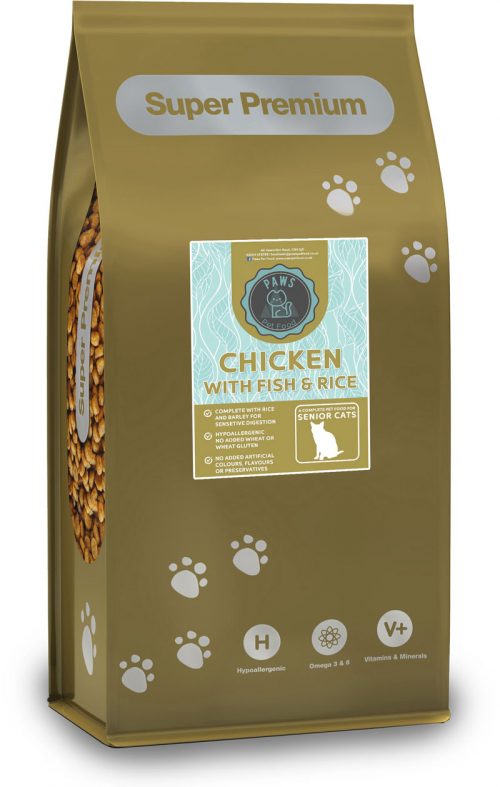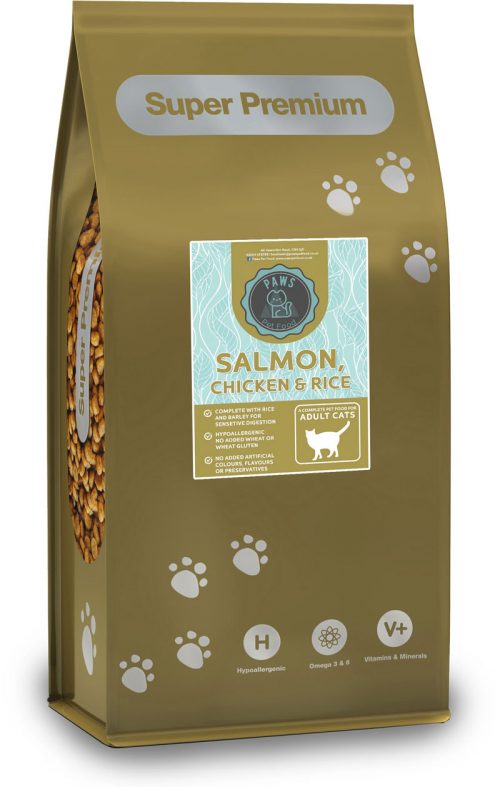“Cat kibble” refers to dry cat food, which is a popular and convenient option for feeding domestic cats. Kibble is typically made by combining various ingredients, such as meat, grains, vitamins, and minerals, into a dough that is then cooked, shaped into small pieces, and dried. This process creates a shelf-stable, crunchy food that many cats enjoy.
Cat kibble offers several advantages for both cats and their owners. It’s easy to store, measure, and serve, making it a convenient choice for busy pet owners. The crunchy texture of kibble can also help to promote dental health by scraping away plaque and tartar as cats chew. Additionally, dry food can be left out for extended periods without spoiling, allowing cats to graze throughout the day.
However, it’s important to choose high-quality cat kibble to ensure that cats receive the necessary nutrients for optimal health. Look for kibble that lists a named meat source as the first ingredient, indicating a good source of protein. Cats are obligate carnivores, so a diet rich in animal-derived protein is essential.
Cat kibble should also be formulated to provide other essential nutrients, such as taurine, an amino acid vital for heart health, vision, and reproduction. Vitamins and minerals are also crucial for overall health and well-being. Avoid kibble that contains excessive fillers, artificial colors, flavors, or preservatives.
When selecting cat kibble, consider your cat’s age, activity level, and any specific dietary needs. Kitten kibble is formulated to support growth and development, while adult kibble focuses on maintenance. Senior cat kibble may contain specific nutrients to support aging cats.
Providing a high-quality cat kibble as part of a balanced diet can contribute to a cat’s overall health, vitality, and longevity.









